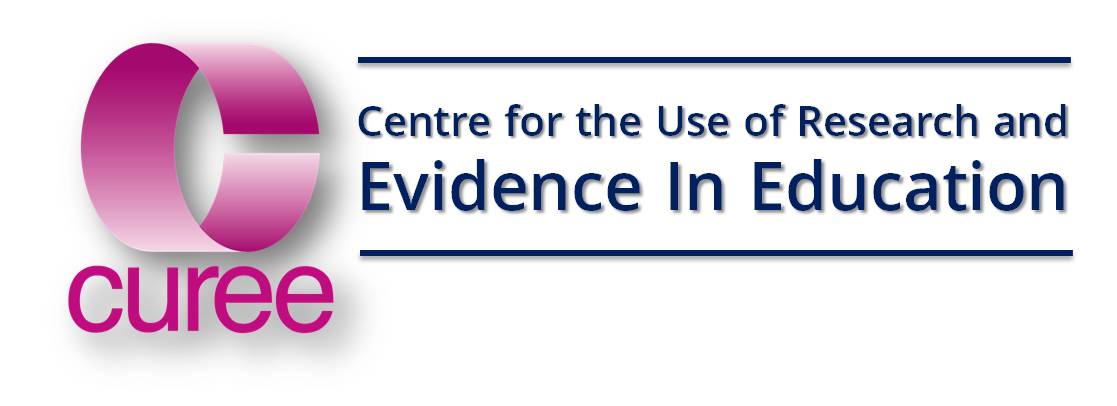Transferring Learning and Taking Innovation to Scale
This booklet is part of a national project, carried out by CUREE and commissioned by The Innovation Unit, that is exploring both research and practice. The project is bringing together the evidence from education research and an analysis of the approaches to transfer and going to scale currently in use by the key national education agencies in England in 2006-07. The aim is to develop a more widely shared understanding of existing practice and of the evidence base about transfer and scaling up of innovative and/or effective practice in education.
